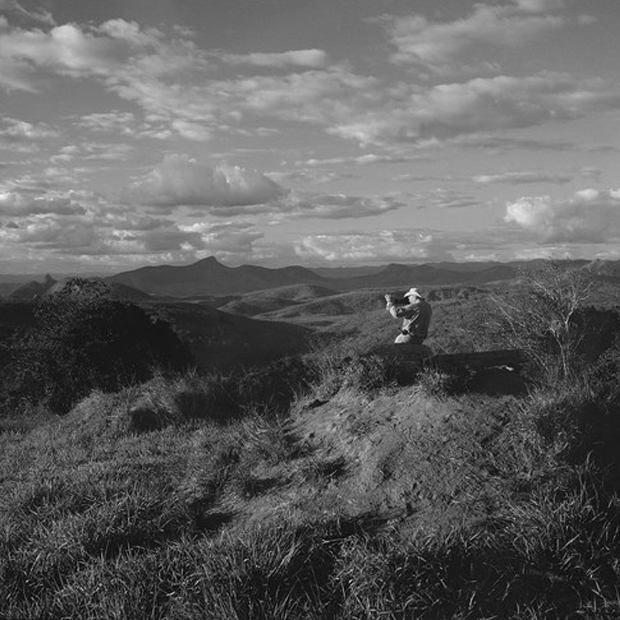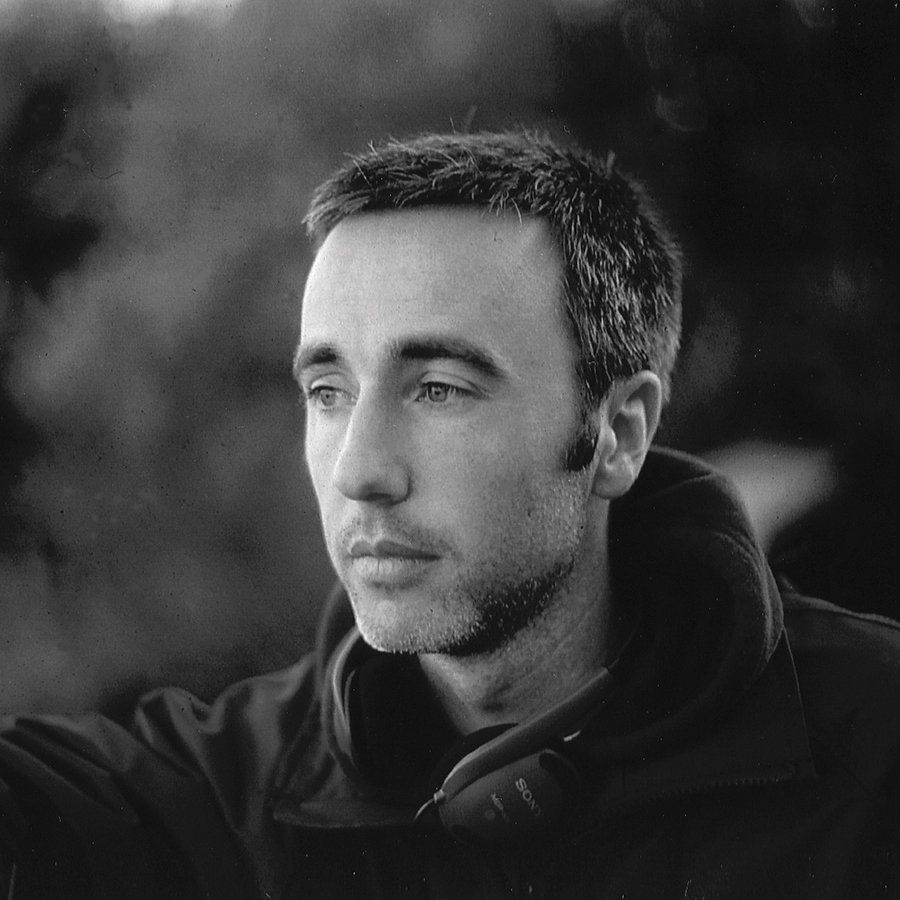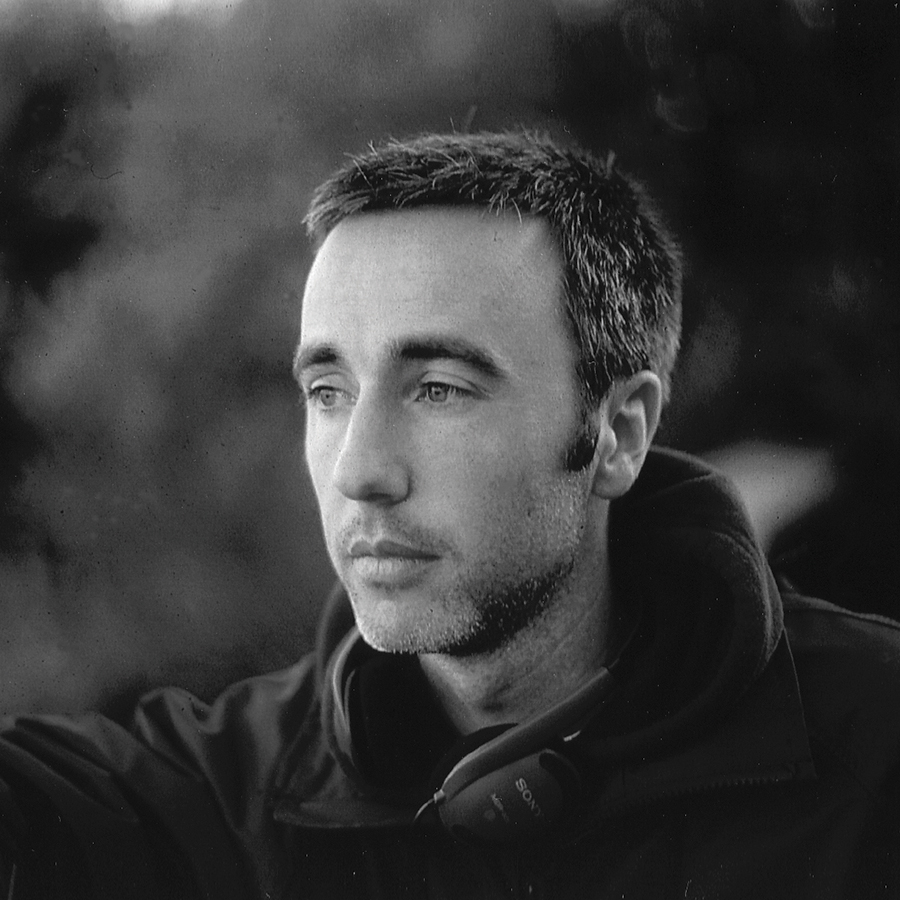
WIM WENDERS ON DOCUMENTARY
By Crash redaction
Photos Credits : « Le Sel de la Terre » © Wim Wenders
Wim Wenders’ poignant documentary, « The Salt of the Earth » which opens in theaters in less than a week now on October 15th, follows the breathtaking work of photographer Sebastiao Salgado’s thoughtful insight into photography and humanity. The film also examines the relationship betweens Salgado and his son by sharing some of the stories behind Salgado’s most iconic photographs. In honour and celebration of the release of « The Salt of the Earth », Crash invites you to discover our exclusive interview, never published before, of Wim Wenders on his new documentary and his take on cinema.
Interview by Armelle Leturcq
How did you get the idea to make a documentary about the photographer Sebastio Salgado, who photographed many conflicts, displacement, exodus, and suffering in the world?
WW: I know the work of Sebastiao Salgado since the late 80s. It was precisely his famous photos taken in the gold mine in Brazil, in the Serra Pelada, who introduced me to his name. At the time I even acquired during this first encounter with his work, two of the photos that I see almost every day, as they are on the wall of my office. I saw his shows, like « Sahel », « The Hand of Man » or « Exodus » and I knew all the books he had published. So I had to meet him one day.
It’s ironic because I’ve realized, finally, that we could have easily meet by chance, because his office and laboratory were in a Parisian apartment located only 500 meters from where I lived at the time, near the Canal St. Martin. When we finally met, we watched football together, and he showed me the first editions of his new book, which is still in full swing of popularity, « Genesis ». Now everyone knows his pictures, but at the time, four years ago, that they were a revelation to me. I was shocked …
There was much discussion of the issue concerning photographs and film: should we show pictures, like those of Genesis,in another form other than in an exhibition or a book? Could a movie screen be a good opportunity for photography? Finally, I told him that photography, as such, only with music, for example, would not have a place in the film, except, of course, if it were accompanied by a narrative. He had told me a few stories about his photographs in « Genesis », so I knew Sebastiao was a great storyteller, so I said that « with your stories, yes , your photos may have a place on screen ».
At that time, we had not even discussed the idea of a movie together. It was a little later, when I met Juliano, the son of Lelia and Sebastiao, and when I heard (and saw) that he had accompanied his father on several of the trips featured in « Genesis » with his own camera, the idea that the three of us should create a movie together occurred to all of us. If we did it together, Juliano and I could get closer to his father’s work in two very different perspectives: one from the perspective of a son and the other as the perspective of a foreigner, and later as a friend …
And then we started slowly, innocently, without big ambitions. And as my curiosity was huge, we started at the beginning of the path of Sebastiao. I did not know it would lead to almost two years of filming (shooting does not take place every day, of course) and another year and a half mount.
What challenged you about his work? Was it his combination between journalistic and artistic photography?
WW: It certainly started as a photographic journalism, perhaps more as a « social » photographer. But there was always more. He was also an economist, for example, with a great social and political knowledge of the places he visited and the people he met. And slowly, it has also become an artist. If someone dips so drastically in a trade that is also an art, he also becomes an artist. I do not know, and I have not asked him if he considers himself an « artist. » He became one, obviously. With always a great social and political insight …
Is this a photographer that has changed your outlook on the world, on humanity?
WW: Throughout his life, yes. Not with a particular photo, but with the whole road he has traveled. Or I would say: they have traveled together, Lelia (his wife) and Sebastiao. If you look at the whole work, you can not divide it. And this work is not only a heritage, a photographic legacy, as I thought at the beginning of our work on the film. It’s also a very « green » work of a vast dimension. Anyway, the film reveals all this and I do not want to disclose too much …
The « Salt of the Earth » evokes surprisingly strong emotions, which are sometimes overwhelming for a nonfiction work.
Because the reality that the film is about and he testified, is also a dream. Or rather a miracle. The film also touches on a utopian dimension.
The image of death is very present in « Salt of the Earth. » In the photos of dead children, we see how some people still live with death at their side, in contrast to our society, which has almost erased it. Do you think it’s important to show death on film, screen or otherwise?
WW: Yes. In other cultures the question does not even arise. In ours it is not obvious that death is part of life, that death may be present without fear. It’s really weird: people see movies all the time and there are hundreds of deaths, or violence which is often fatal. How can we be insensitive to watch battles with thousands of dead and shocked by a picture of one child dying. We see it all the time, « death on the screen, » but we make a schizophrenic difference between the representations. In Salgado’s photos where we see the dead, I do not question the necessity and importance of showing it. If ever photography also had the function of « testimony » or « compassion », it is here.
How can we act in the face of such suffering? This is the question that arises out of the film. What do you think? How do you react to your side?
WW: When mounting the film, we asked this question too, and there was even more it in the cutting room. I sat in tears in front of our monitor, and I asked myself, « How does one not to become cynical, to do photography work, in these extreme situations ?! » And I understand completely that in his work, at some point, Sebastiao abandoned the work of « social photographer » forever. He was so distraught that he no longer believed in the future of the human race. His eye was never an indifferent eye. And at a given time after what he witnessed in Rwanda, he reached the end of his journey as a photographer. He has not taken that path since. It is as radical as his photographic approach – to spend a lot of time in all places and with all people he photographed. It too is a form of respect. And for me, Salgado’s photos will all have a love for people.
Do men have a need for violence? When he is not faced with violence, he created fictions, films that involve violence, what do you think?
WW: And that’s often. There are plenty of novels, paintings, photos, songs and films that are truly « exorcisms » of violence. And there were always the novels, photographs, paintings, music and movies that glorify violence. If the man needs it? « Men » certainly more than « women » …
The film ends on a very positive note, we can change things, we can replant an entire forest and all the animals, insects return, 50% of the planet is still as it was originally. Can you talk about this incredible project, Terra Institute?
WW: It’s the utopian side of the film, Salgado and his family, who through their ignorance, »innocently » destroyed their land, have learned to recreate a rainforest. And that, the process of learning what no one had done before them is now represented in the « Instituto Terra » to be replicated. And even better, that their example can now be applied to many other abandoned lands in Brazil.
Was it important for you to finish the documentary on this positive note?
WW: Just because the story of this man and this woman has led to this positive ending. Well, it’s not even an end, it is just another beginning!
What message do you want to convey through « Salt of the Earth »?
WW: The one I found in the extraordinary process of this film: ‘We have nothing added and nothing invented’, Juliano and me.
Your next project is in the plans of a 3-D movie starring James Franco and Charlotte Gainsbourg, can you tell us about this project?
WW: Yes, next year when I present it. I’m still editing, and right into it, I still can not talk about it. Here, I am superstitious. But you already know my wonderful cast … add Rachel McAdams and Marie-Josée Croze.
« The Salt of the Earth » A film by Wim Wenders and Juliano Ribeiro Salgado Official selection « Un Certain Regard » at the Cannes Film Festival 2014 In theaters on October 15th







